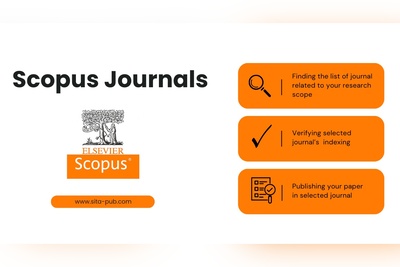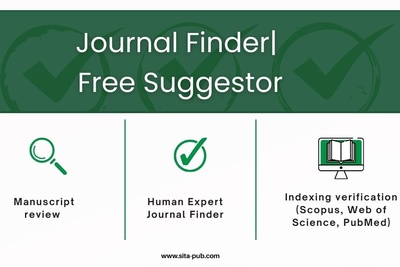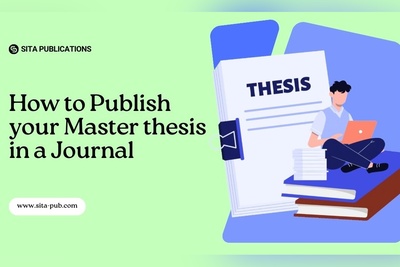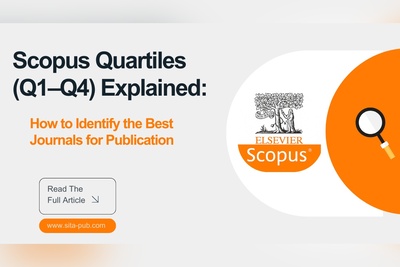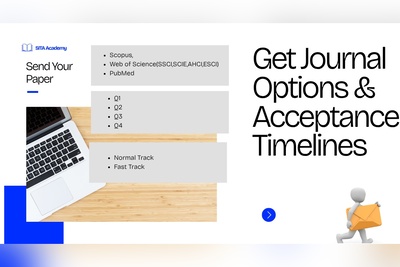How to Follow Elsevier or Springer Journal Formatting Requirements
Learn how to format your research paper according to Elsevier and Springer journal guidelines. This complete guide explains structure, citation styles, figure preparation, templates, and a step-by-step checklist to meet publisher standards.
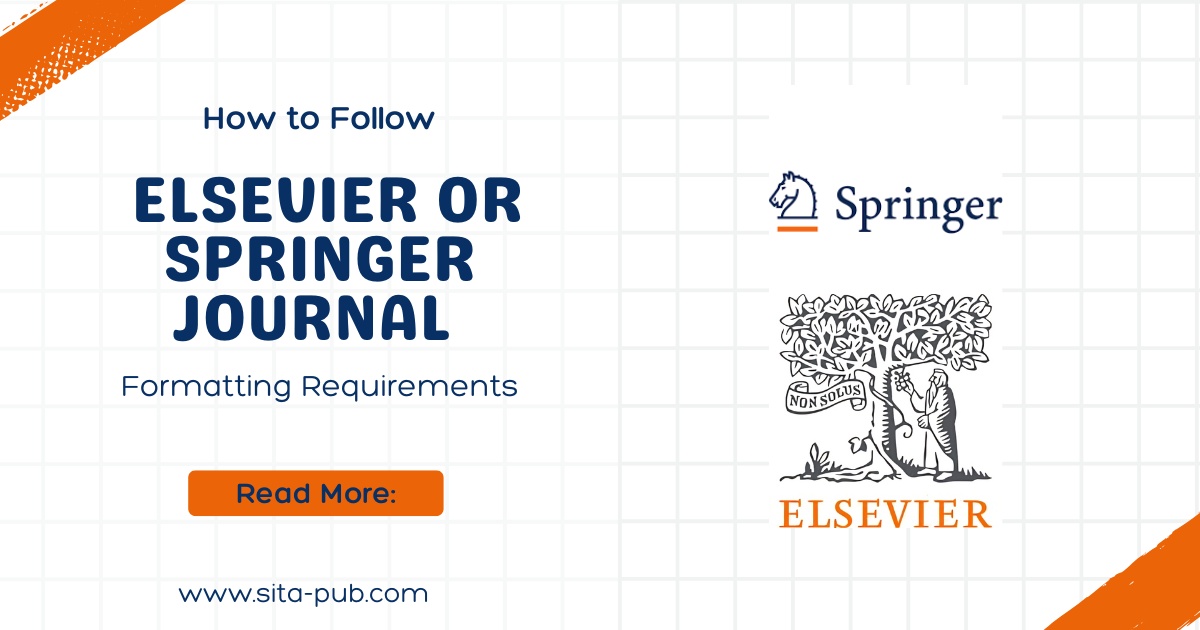
Publishing your research in reputable journals such as Elsevier or Springer requires more than strong data and solid results — it demands precision in formatting. Every journal has its own submission and formatting requirements, and adhering to them is essential for a smooth peer-review process and professional presentation. Many manuscripts are rejected or returned before review simply because they fail to meet these formatting rules.
This article explains why journal formatting matters, what the Elsevier and Springer formatting requirements include, and how to correctly format your research paper before submission.
The Importance of Adhering to Journal Formatting Requirements
Formatting is not just a technical detail — it reflects the professionalism and readiness of your research. Editors and reviewers often make their first impression based on the clarity and structure of your paper.
Here’s why following formatting guidelines matters:
Avoids Desk Rejection
Journals often perform an initial screening. If your paper doesn’t meet their formatting rules, it may be rejected without review, regardless of quality.Speeds Up the Review Process
Properly formatted manuscripts allow reviewers to focus on content rather than technical inconsistencies.Ensures Professional Presentation
A well-organized paper improves readability and demonstrates academic rigor.Facilitates Indexing and Publication
Correct formatting ensures smooth conversion to publication layouts, digital archiving, and indexing in databases like Scopus or Web of Science.Reflects Research Credibility
Precise formatting shows attention to detail and adherence to scholarly standards — key traits valued by academic editors.
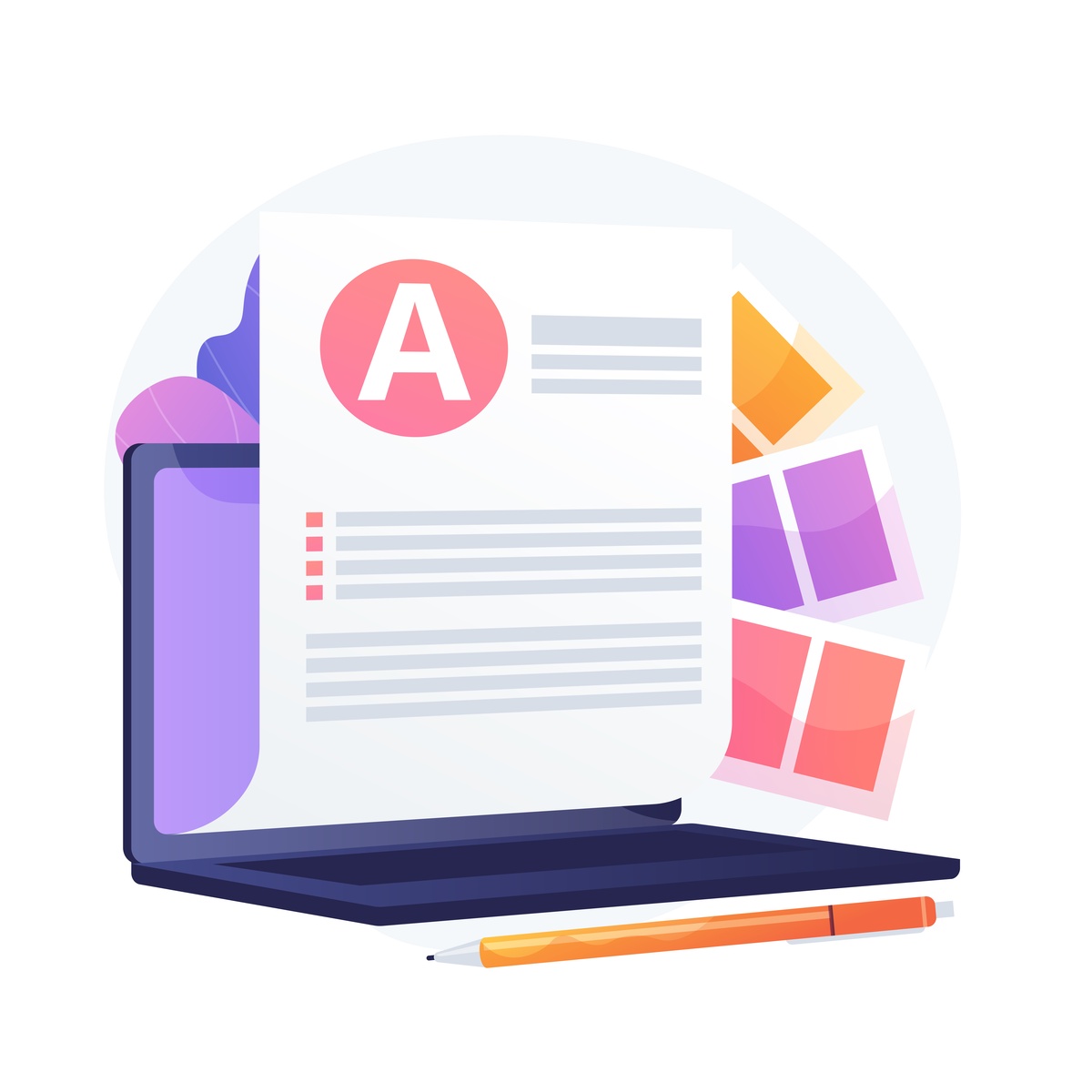
What Are Elsevier or Springer Journal Formatting Requirements?
Both Elsevier and Springer are leading academic publishers, but their formatting standards vary depending on each journal’s specific scope and submission platform.
Let’s look at the main elements of their requirements.
1. Elsevier Journal Formatting Requirements
Elsevier journals use the Elsevier Article Template (available in LaTeX or Microsoft Word formats) and typically follow a structured IMRAD format (Introduction, Methods, Results, and Discussion).
Here are the key requirements:
Manuscript Structure
Title Page: Title, author names, affiliations, and corresponding author details.
Abstract: 150–250 words, concise summary of objectives, methods, results, and conclusions.
Keywords: 4–6 terms for indexing.
Main Text Sections:
Introduction
Materials and Methods
Results
Discussion
Conclusion
Acknowledgments (if applicable)
References (APA or numbered style depending on the journal)
Font & Layout
Font: Times New Roman, size 12
Line spacing: 1.5
Margins: 2.5 cm on all sides
Page numbers: Included at the bottom
Figures and Tables
Place them close to where they are first cited.
Include clear captions and consistent numbering.
Ensure high-resolution images (minimum 300 dpi).
References
Use the reference style specified by the journal (e.g., Vancouver, APA, or Harvard).
Always use reference management software like Mendeley or EndNote to ensure consistency.
Submission System
Most Elsevier journals use Editorial Manager or Elsevier’s Evise platform for manuscript submission.
2. Springer Journal Formatting Requirements
Springer also provides specific Word and LaTeX templates available on each journal’s webpage.
Here’s a breakdown of the general structure and style used in Springer journals:
Manuscript Structure
Title Page: Title, authors, affiliations, ORCID (optional), corresponding author email.
Abstract: Structured (Purpose, Methods, Results, Conclusion).
Keywords: 3–5 descriptive terms.
Text Sections:
Introduction
Materials and Methods
Results
Discussion
Conclusion
Acknowledgments
Declarations: Include statements about ethics, conflict of interest, and data availability.
References: Usually numbered (Vancouver style) or author–year (Harvard style).
Formatting Style
Font: Times New Roman 12 pt
Line spacing: Double spacing preferred
Headings: Use consistent hierarchy (Heading 1, 2, 3).
Figures/Tables: Should be embedded or uploaded separately as supplementary files.
File Types
Accepts .doc, .docx, or .tex files.
Figures must be in TIFF, EPS, or PDF formats.
Submission System
Springer journals use the Editorial Manager or Manuscript Tracking System (MTS).
How to Format Your Paper According to Elsevier or Springer Requirements

Below is a step-by-step guide to help you prepare your manuscript effectively.
Step 1: Review the Target Journal’s “Guide for Authors”
Each journal (even within Elsevier or Springer) has slightly different requirements. Always start with the Guide for Authors on the journal’s homepage.
Check specifically for:
Manuscript length
Section organization
Reference style
Figure/table formats
Supplementary file policies
Step 2: Use the Official Templates
Download the official template for Word or LaTeX from the publisher’s website. Using the correct template ensures your headings, margins, and font are automatically compliant.
Elsevier Templates
Step 3: Format References Consistently
Use software like:
Mendeley (Elsevier)
Zotero or EndNote (Springer-compatible)
This helps ensure that every reference matches the journal’s preferred citation style automatically.
Step 4: Follow Figure and Table Guidelines
Number figures and tables consecutively.
Include descriptive captions.
Use clear, readable fonts within figures.
Verify resolution (300 dpi or higher).
Avoid embedding figures copied from PowerPoint — use high-quality image formats (TIFF or PNG).
Step 5: Prepare Supplementary Materials
Some journals require separate files for:
Datasets
Appendices
Ensure all files are correctly labeled and uploaded according to submission instructions.
Step 6: Proofread for Consistency
Check:
Spacing and alignment
Heading capitalization
Reference formatting
Table numbering and citations
Even small inconsistencies can cause delays during review or production.
Step 7: Validate Before Submission
Most submission systems (Elsevier’s Evise, Springer’s Editorial Manager) provide automated validation checks. These identify missing elements or incorrect file types. Always review their report before final submission.
Comparison Table: Elsevier vs. Springer Formatting Overview
Aspect | Elsevier Journals | Springer Journals |
Template Format | Word / LaTeX | Word / LaTeX |
Font & Size | Times New Roman, 12 pt | Times New Roman, 12 pt |
Line Spacing | 1.5 spacing | Double spacing |
Reference Style | APA, Vancouver, or Harvard (depends on journal) | Numbered or Author–Year |
Submission Platform | Evise / Editorial Manager | Editorial Manager / MTS |
Figure Resolution | 300 dpi minimum | 300 dpi minimum |
Declarations Section | Optional | Required (Ethics, Conflict of Interest, Data) |
Keywords Required | 4–6 | 3–5 |
File Types Accepted | .docx, .tex | .docx, .tex |
Open Access Option | Available (APC applies) | Available (APC applies) |
Journal Selection and Formatting Checklist
Before submitting, review this checklist:
Confirm target journal’s scope and indexing (Scopus / Web of Science).
Download and apply the official Word/LaTeX template.
Follow the IMRAD structure (Introduction, Methods, Results, Discussion).
Format all references according to the required citation style.
Verify figure/table resolution and numbering.
Check spelling, grammar, and consistency.
Include all required declarations (ethics, funding, conflicts).
Ensure the cover letter follows the publisher’s format.
Use the submission checklist provided by the journal system.
Common Mistakes to Avoid
Submitting without following the correct template
Using the wrong citation style
Inconsistent figure numbering or captions
Missing author details or ORCID IDs
Forgetting declarations or funding statements
Poorly formatted tables or large figure files
Professional Formatting Services at SITA Academy
At SITA Academy, we understand that formatting is more than just appearance — it’s a key part of successful publication. Our professional editors help researchers prepare manuscripts that fully comply with Elsevier, Springer, Scopus, or Web of Science journal requirements. From layout design to citation formatting and figure preparation, our experts ensure that your submission meets every technical detail required by top publishers.

Verified Contact Channels
If you have any questions, inquiries, or would like to learn more about our services, please don't hesitate to reach out to us. Our dedicated team is ready to assist you.








